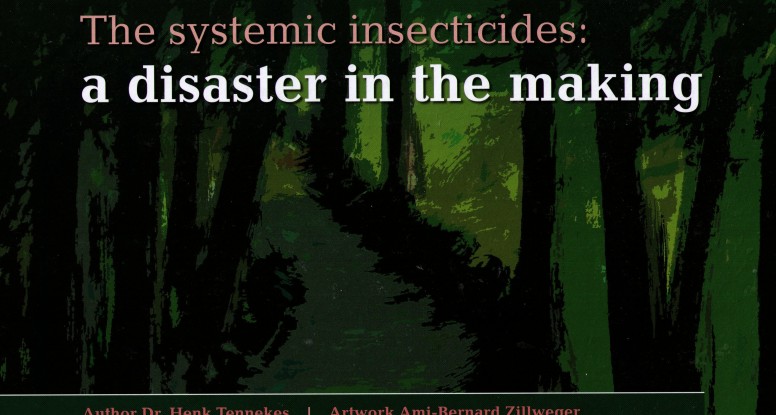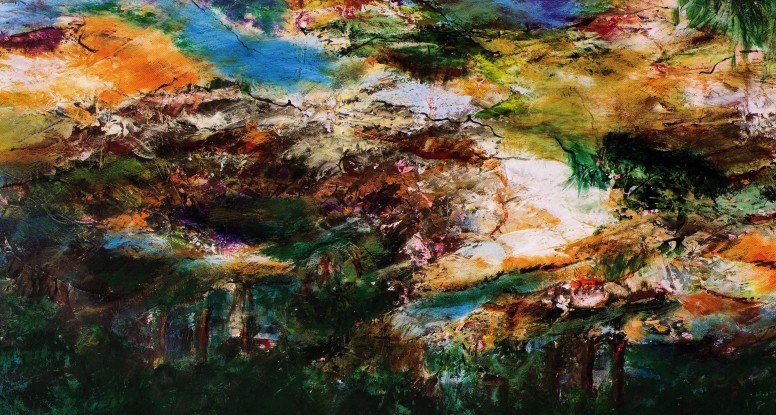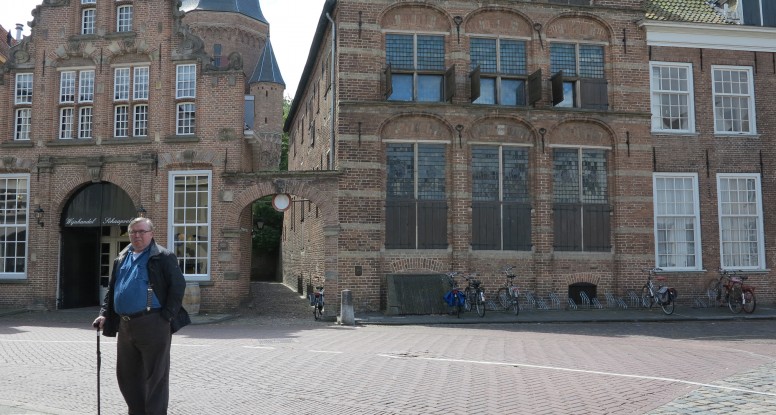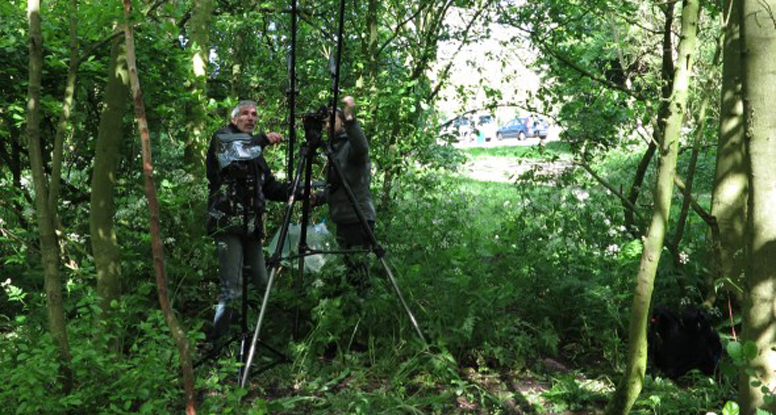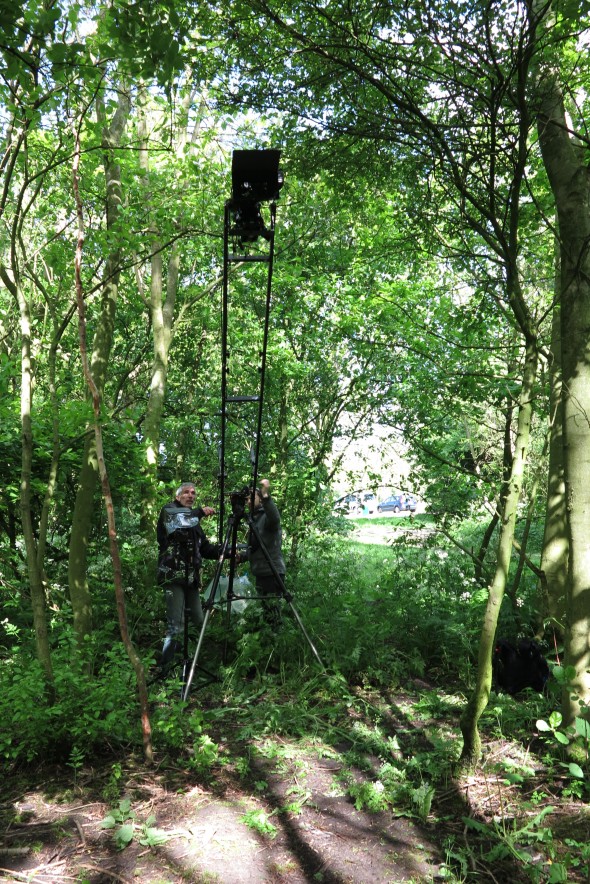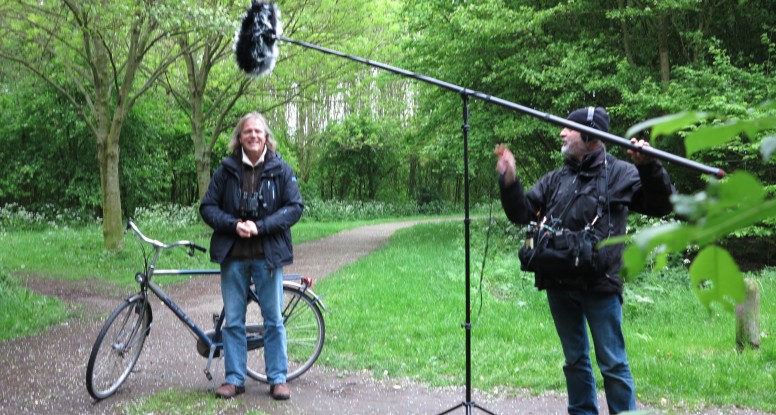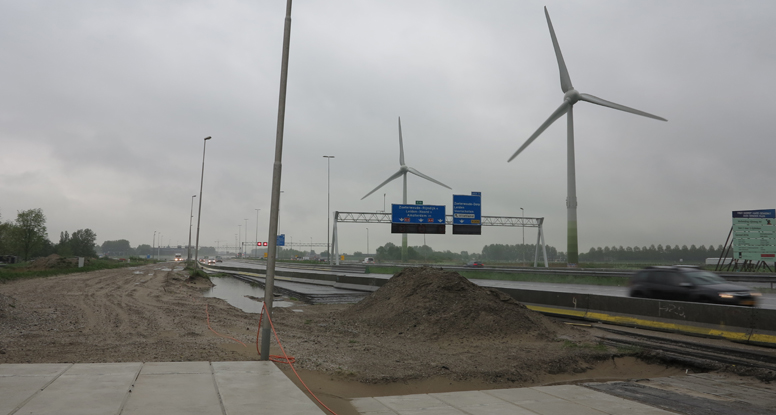Filmmakers Blog. May 24. 2013. Zutphen, Netherlands.
“A Disaster in the Making” is the name of Dr. Henk Tennekes book. The book is about why bees, the number one insect pollinator on the planet are dying at an alarming rate.
What impressed me so much about this book is that is the art and design. It’s a beautiful book, visually full of amazing paintings by Ami-Bernard Zillweger. When I asked Henk about this he said that he felt it was such a tragic topic that the book needed to be beautiful. And it is. There is a bitter-sweet quality when exploring the pages, with the art work reminding us of the natural world, where we are loosing so much so quickly.
Quote from Jody Spear.
“Why is it that birds are falling from the skies, their numbers crashing in mass extinctions? Henk Tennekes has an answer: He cites evidence in this book that the species suffering dramatic losses (mostly out of public view) in the past two decades — sparrows, swifts, starlings, and many other insectivores — are struggling to find food; insects such as beetles, springtails, and earthworms are being wiped out by neonicotinoid insecticides, chiefly imidacloprid and clothianidin. “The excessive imidacloprid levels noted in surface water of … [places] with intensive agriculture have been associated with insect decline and [subsequently] a dramatic decline of common grassland birds.”
And this is what we explore with Henk in SongbirdSOS.

